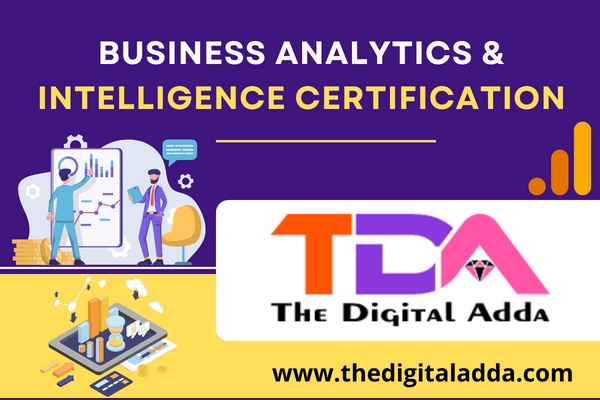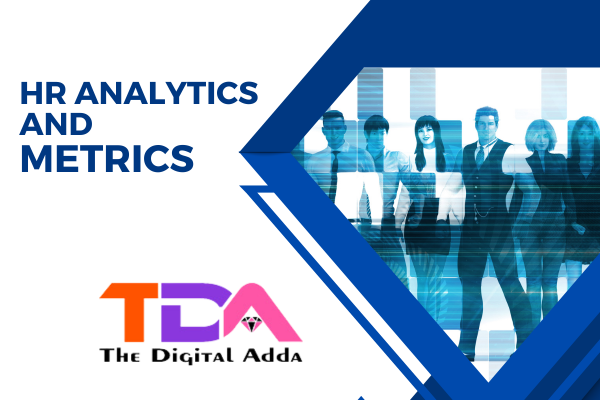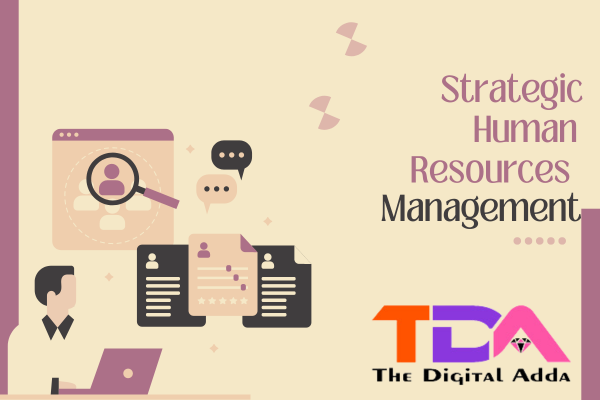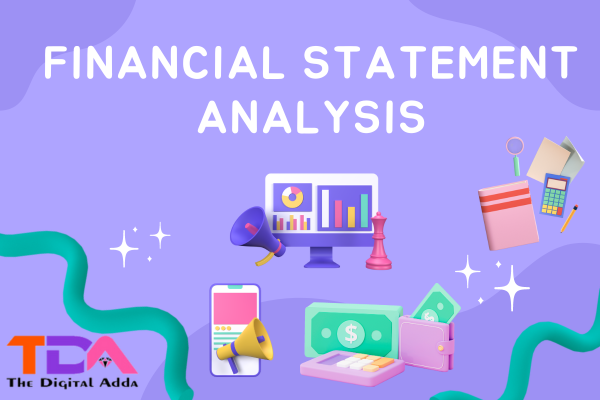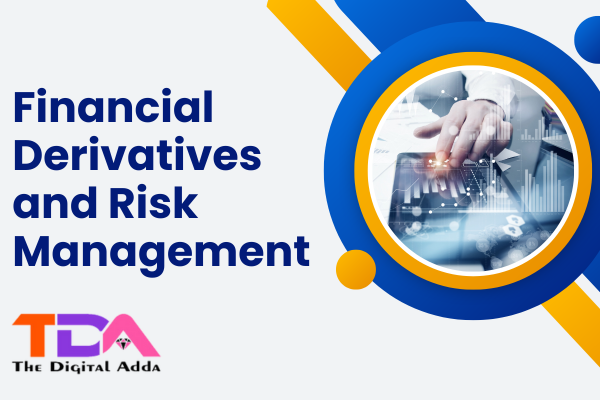Business Analytics & Intelligence Certification
Business analytics and business intelligence are two interconnected disciplines that help organizations make data-driven decisions, optimize operations, and gain insights from their data. While they share common goals of improving business performance, they have distinct focuses and approaches:
Business Intelligence (BI):
- Purpose: Business intelligence is primarily focused on collecting, processing, and visualizing historical data to provide a clear view of an organization’s past performance. It helps in reporting what has happened in the past.
- Data Sources: BI tools typically gather data from various sources, including databases, spreadsheets, and external systems, to create reports and dashboards.
- Reporting: BI tools generate static or interactive reports, charts, graphs, and dashboards that allow users to explore historical data, monitor KPIs (Key Performance Indicators), and track trends over time.
- Decision Support: BI tools enable users to make informed decisions based on historical data. Users can identify patterns, outliers, and historical performance to inform their choices.
- Use Cases: BI is often used for activities such as financial reporting, sales performance analysis, and historical trend analysis. It provides insights into what happened and helps answer questions related to past performance.
- Tools: Popular BI tools include Tableau, Microsoft Power BI, QlikView, and SAP BusinessObjects.
Business Analytics (BA):
- Purpose: Business analytics is focused on using data analysis, statistical methods, and predictive modeling to gain insights, identify trends, and make future-oriented predictions. It helps answer questions like “why did it happen?” and “what will happen next?”
- Data Sources: Business analytics often utilizes the same data sources as BI but also incorporates more advanced techniques for data preparation and analysis.
- Statistical and Predictive Models: Business analytics involves statistical modeling, data mining, and machine learning to discover hidden patterns, forecast future trends, and make predictive insights.
- Data Exploration: Business analytics goes beyond traditional reporting to explore data in-depth. It uses advanced techniques such as clustering, regression analysis, and decision trees.
- Decision Optimization: Business analytics provides recommendations and insights for optimizing future decisions and strategies. It can be used for scenario analysis, risk assessment, and resource allocation.
- Use Cases: Business analytics is applied in various areas, including marketing optimization, demand forecasting, customer segmentation, fraud detection, and supply chain optimization.
- Tools: Business analytics tools often include data analysis platforms like Python and R, along with specialized analytics software like IBM SPSS and SAS.
Relationship Between Business Intelligence and Business Analytics:
Business intelligence and business analytics are not mutually exclusive; rather, they complement each other in many organizations. BI provides the foundation by delivering historical data, while BA builds on that foundation to extract insights, predict future trends, and optimize decisions. The key distinctions are:
- **BI answers “what happened” and “what is happening,” while BA answers “why it happened” and “what will happen next.”
- BI focuses on descriptive analytics (what has occurred), while BA encompasses descriptive, diagnostic (why it happened), predictive (what will happen), and prescriptive (how to make it happen) analytics.
Both BI and BA are essential for informed decision-making, as they provide a comprehensive view of an organization’s data landscape, past performance, and future potential. Many organizations use BI and BA tools and practices in tandem to gain a holistic understanding of their operations and to drive business success.
